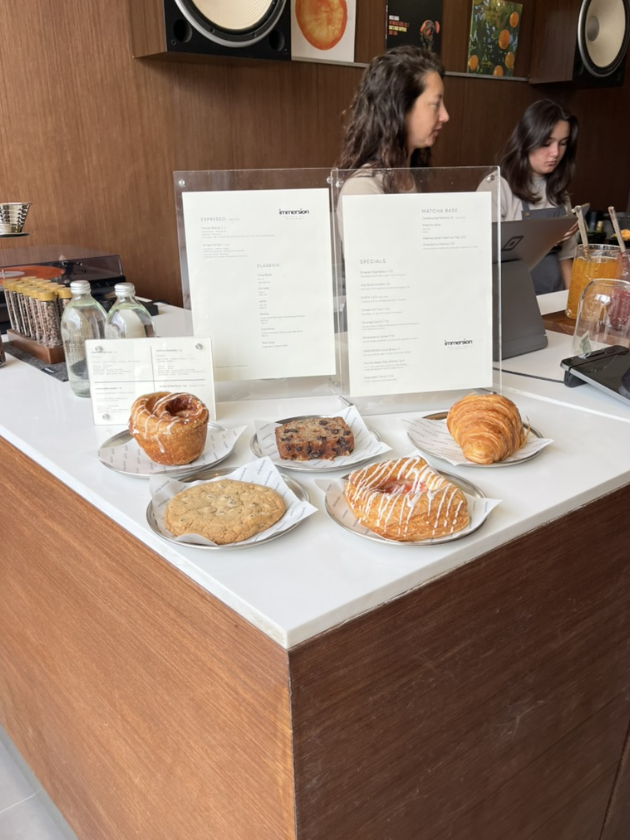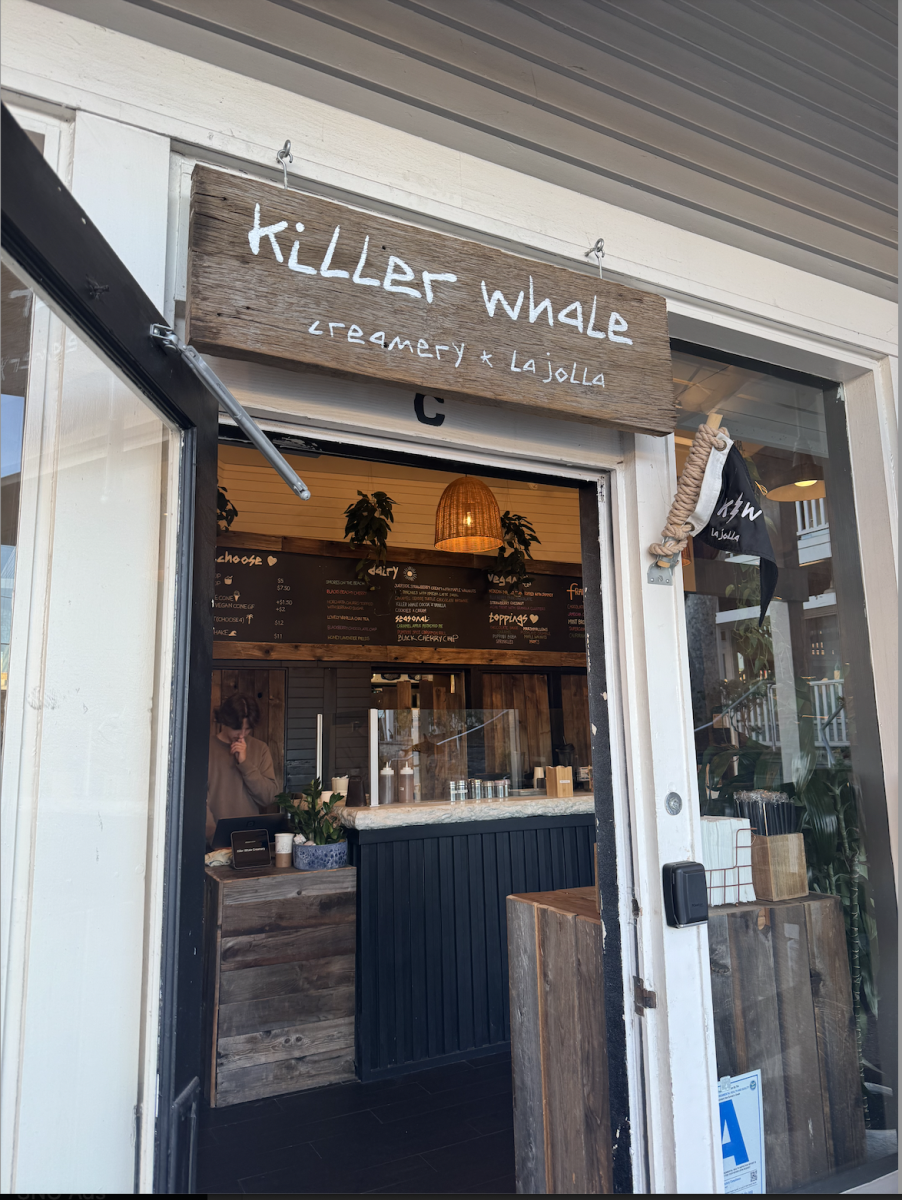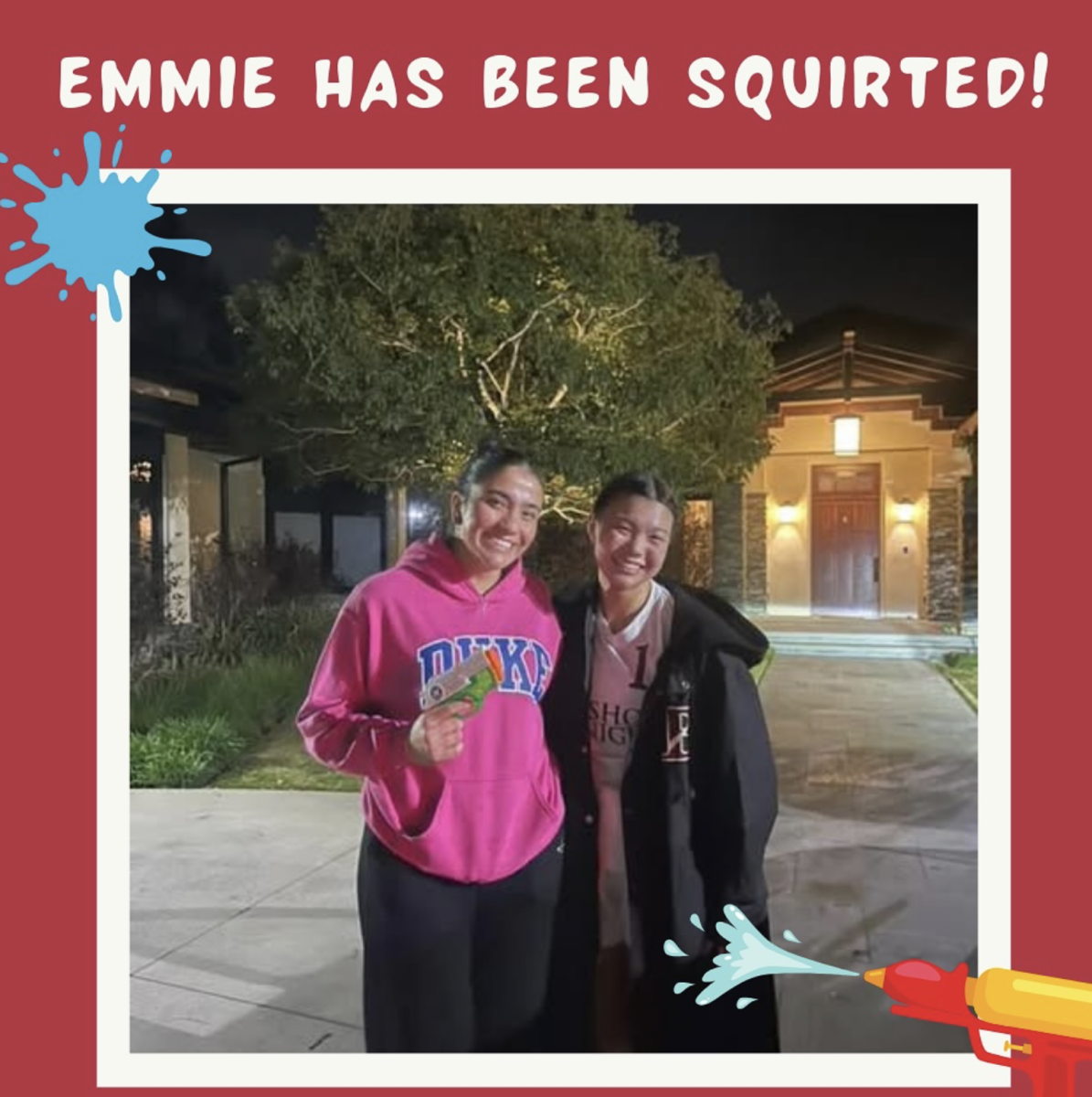On October 24, Bishop’s Peer Support Members, the guidance counselors, and school nurses held a tent on the terrace during middle and high school lunch to educate the school community on how to use Narcan. As the opioid epidemic continues, learning about Narcan has become more prevalent than ever before. According to the U.S. Centers for Disease Control and Prevention, “Approximately 105,000 people died from drug overdose in 2023 and nearly 80,000 of those deaths involved opioids (about 76%).”
Narcan, an over-the-counter nasal spray, is used to save people from opioid poisoning.
School Nurse Kate Pe explained, “Narcan is an opioid antagonist. If you’ve taken an opioid and taken too much of it, it will counteract it and push the opioid off of the receptor so that it will help reverse the overdose.”
“If you have knowledge about Narcan and how to use it, you can help save lives if someone is overdosing on opioids,” said Peer Support Member Gabby Gallus (‘26).
Everyone should know how to use Narcan because it could help save anyone. Director of Counseling Megan Broderick said, “It’s really important for young people to understand that fentanyl or ingredients that you are not aware of can be in any pill you take unless that pill is a medication prescribed for you by your doctor. A person can overdose on an opioid whether they are a regular drug user or if this is their very first time using drugs.”
Step by step instructions on how to use Narcan come with the Narcan and are provided on Narcan’s website. The three key words to remember are “lay, spray, stay.” According to Narcan’s website:
LAY
- Check for slowed breathing or unresponsiveness.
- Lay the person on their back and tilt the head up.
SPRAY
- Insert device into either nostril and press plunger firmly.
STAY
- Call 911 immediately after giving the first dose. Continue to administer doses every 2-3 minutes and wait with the person until help arrives. Use as directed. 1 nasal spray device contains 1 dose. Safe to keep giving doses as needed.”
Ms. Broderick explained that Narcan only works for up to 1.5 hours, and therefore, you must call 911 immediately after dispensing the Narcan in someone’s nose.
Educating the school about Narcan helps break the stigma around talking about drugs in a way to keep the community safe. Peer Support Member Chloe Chereque (‘26) said, “Whenever you’re in situations that you don’t know what to do, it’s really important to be able to feel like you’re educated enough to be able to keep your friends safe. After all the education that we do at Bishop’s about the consequences of drug abuse, it’s really important to understand all the ways that you can help save those around you.”
Ms. Broderick added, “We would rather educate people in order to reverse an overdose and save a life than pretend like it doesn’t happen. We want to acknowledge that young people sometimes make risky decisions and sometimes that includes experimenting with drugs and alcohol. Rather than pretending this doesn’t happen, we want to equip our students with knowledge and tangible resources to save someone’s life.”
Narcan is also extremely accessible. It can be found around campus: the nurse’s office, the student center, the main floor of the library (to the left when you walk in the door), and outside Coach Carr and Coach P.’s office. Narcan can also be bought on Amazon.
In addition to Narcan education, the tents on October 24 also educated students on how to use Safe Rides, a resource for students to get a ride home if needed. According to an email sent out to the whole school by Ms. Broderick, “If you are ever in a position where, for whatever reason, you are unable to get a safe ride home, please know that you can call 858-444-4444 to have a taxi drive you home for free with no questions asked.” You must present either your physical student ID or a photo of it.
With both access to information regarding Narcan and how to use Safe Rides, students are encouraged to spread awareness and help one another stay safe. Additionally, if students ever have a question regarding either resource or feel that they need someone to confide in, the nurses’ office and guidance counselor’s doors are always open.









